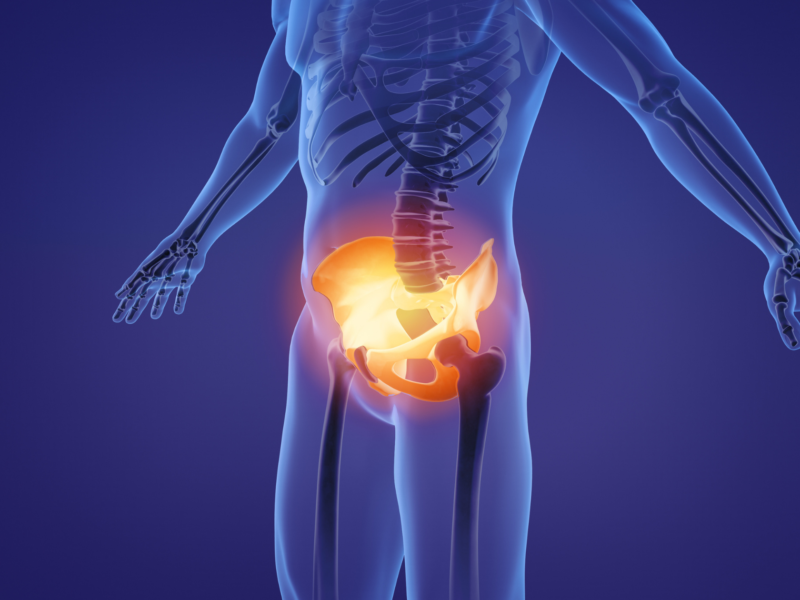Persistent pain in the pelvic region (between the hips) that lasts more than three to six months is defined as chronic pelvic pain. It tends to affect women more frequently than men, with nearly 1 in 7 women reporting they suffer pelvic pain. It may be the symptom of another condition or may also arise as a result of trauma from a previous surgery, fall or accident.
Chronic pelvic pain can take several forms. It might be sharp or be a dull ache. It might be constant or intermittent. Some people report a feeling of pressure or heaviness in the pelvis. It often becomes worse after standing for long periods of time.
Causes of Chronic Pelvic Pain
- Chronic Pelvic Inflammatory Disease: Long-term infections can scar pelvic organs and cause pain.
- Endometriosis: This occurs when tissue from the lining of the uterus grows outside the organ and leads to painful cysts and fibrous bands of scar tissue.
- Fibroid Tumors: These are noncancerous growths on the uterus that create a feeling of pressure or heaviness in the lower abdomen.
- Musculoskeletal Issues: Conditions such as fibromyalgia, pelvic floor muscle tension or hernias that involve the bones, joints and connective tissues of the musculoskeletal system can result in chronic pelvic pain.
- Irritable Bowel Syndrome (IBS): The bloating, constipation or diarrhea that accompany IBS can result in pelvic pain and pressure.
- Psychological Factors: Depression, chronic fatigue syndrome, chronic stress or posttraumatic stress disorder (PTSD) can contribute to pelvic pain, as can a history of sexual or physical abuse.
Available Treatments for Pelvic Pain
Once the source of chronic pelvic pain has been identified, there are a number of potential treatments that can be offered to address the pain. They include:
- Medications: Treatment often begins with over-the-counter anti-inflammatories, such as ibuprofen. If that fails to bring relief, other options include prescription steroids, anticonvulsants, antidepressants or if applicable, hormone therapy.
- Physical therapy: Stretching exercises, massage and other relaxation techniques may improve chronic pelvic pain. Physical therapists may also use transcutaneous electrical nerve stimulation (TENS) to deliver electrical impulses to nearby nerve pathways to target specific pain points.
- Behavioral therapy: Professional counseling, biofeedback and cognitive behavioral therapy can provide coping strategies for dealing with the pain.
- Interventional Techniques: These include trigger point injections that deliver a long-acting anesthetic to the pain (trigger) points to alleviate the discomfort. Other options include injections to block the pain generated by the specific nerves that supply the colon, bladder, lower intestines, uterus or ovaries or coccyx (tailbone).
- Spinal Cord and Peripheral Nerve Stimulation: These minimally invasive procedures involve the implantation of a device that blocks nerve pathways to interrupt pain signals to the brain.
Patients who have not achieved relief from their chronic pelvic pain after visiting their primary care physicians should ask for a referral to a skilled pain medicine practitioner. As specialists in pain management, the team at Center for Pain Management possesses the knowledge and expertise to offer the best options for the resolution or reduction of chronic pelvic pain.
[gravityform id=1 title=false description=false]



 Treating Chronic Pain with Thoracic Epidural Injections
Treating Chronic Pain with Thoracic Epidural Injections
